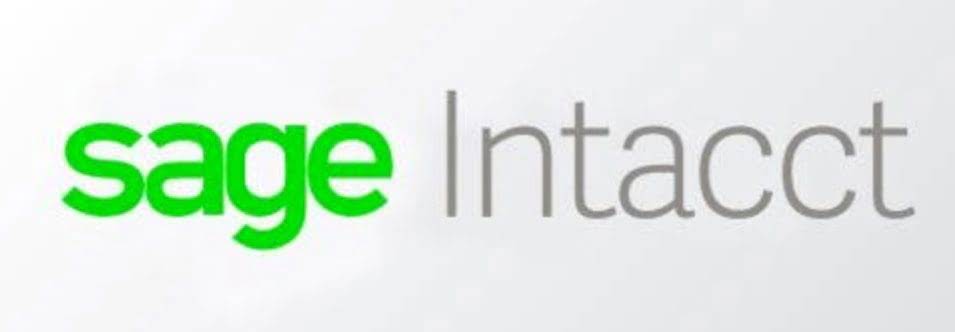
Your business’s depreciation expense reduces the earnings on which your taxes are based, reducing the taxes your business owes the IRS. The larger the depreciation expense, the lower your taxable income. This method, also called declining balance depreciation, allows you to write off more of an asset’s value right after you purchase it and less as time goes by. This is a good option for businesses that want to recover more of the asset’s value upfront rather than waiting a certain number of years, such as small businesses with a lot of initial costs and depreciable assets requiring extra cash.
Accelerated Cost Recovery System (ACRS)

You determine the midpoint of the tax year by dividing the number of days in the tax year by 2. Figuring depreciation under the declining balance method and switching to the straight line method is illustrated in Example 1, later, under Examples. If you dispose of property before the end of its unearned revenue recovery period, see Using the Applicable Convention, later, for information on how to figure depreciation for the year you dispose of it. For property for which you used a half-year convention, the depreciation deduction for the year of the disposition is half the depreciation determined for the full year. You refer to the MACRS Percentage Table Guide in Appendix A to determine which table you should use under the mid-quarter convention.

Account

You treat property under the mid-quarter convention as placed in service or disposed of on the midpoint of the quarter of the tax year in which it is placed in service or disposed of. Divide a short tax year into 4 quarters and determine the midpoint of each quarter. However, see Like-kind exchanges and involuntary conversions, earlier, in chapter 3 under How Much Can You Deduct; and Property Acquired in a Like-Kind Exchange or Involuntary Conversion next.

What Property Cannot Be Depreciated?
- The value of an asset on the balance sheet is essential in cost accounting because it determines the amount of depreciation that can be claimed.
- In some cases, it is not clear whether property is held for sale (inventory) or for use in your business.
- You begin to claim depreciation when your property is placed in service for either use in a trade or business or the production of income.
- The business part of the cost of the property is $8,800 (80% (0.80) × $11,000).
- Recapture of allowance for qualified disaster assistance property.
The basis of property you buy is its cost plus amounts you paid for items such as sales tax (see Exception below), freight charges, and installation and testing fees. The cost includes the amount you pay in cash, debt obligations, other property, or services. If you use the standard mileage rate to figure your tax deduction for your business automobile, you are treated as having made an election to exclude the automobile from MACRS. Instead of including these amounts in the adjusted basis of the property, you can deduct the costs in the tax year that they are paid.
For information on listed property placed in service after 1986, see Pub. It is important for you to accurately determine the correct salvage value of the property you want to depreciate. You generally cannot depreciate property below a reasonable salvage value. The amount of the deduction in any year also depends on which method of depreciation you choose. You depreciate intangible property using any other reasonable method, usually, the straight line method.
- Under MACRS, Tara is allowed 4 months of depreciation for the short tax year that consists of 10 months.
- Depreciation can be helpful because it enables a business to spread out the cost of an asset over the asset’s usable life.
- If no depreciation was deducted, the adjustment is the total depreciation allowable prior to the year of change.
- The third quarter begins on the first day of the seventh month of the tax year.
- Businesses must follow IRS guidelines, including the Modified Accelerated Cost Recovery System (MACRS), the primary framework for most depreciable assets.
- This GAA is depreciated under the 200% declining balance method with a 5-year recovery period and a half-year convention.
- If property you included in a GAA is later used in a personal activity, see Terminating GAA Treatment, later.
As explained earlier under Which Depreciation System (GDS or ADS) Applies, you can elect to use ADS even though your property may come under GDS. ADS uses the straight Financial Forecasting For Startups line method of depreciation over fixed ADS recovery periods. Most ADS recovery periods are listed in Appendix B, or see the table under Recovery Periods Under ADS, earlier. However, it does not reflect any reduction in basis for any special depreciation allowance..